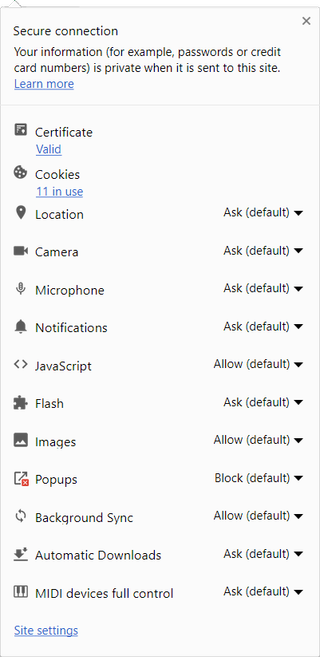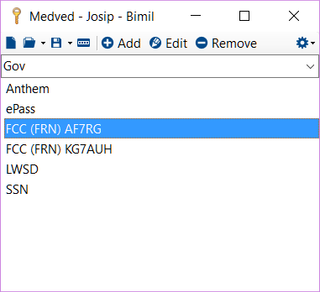Seattle Code Camp 2017
If all went as expected, my fourth visit to Seattle Code Camp is currently in progress and my second talk is winding down just about now. If you decided to see me talk among more than 70 talks in 11 parallel tracks - thank you!
If not, here is what you missed:
My first talk was about my experience with Microsoft’s project Centennial, a way to Windows Store for classic desktop applications. It was based on my experience with getting Bimil to Windows Store.
Second talk is a bit of copout as it is rerun of my talk from last year. And no, it is not completely the same. I added a bit more ranting. :)
Slides are available for download but they won’t be substitute for attending conference.



